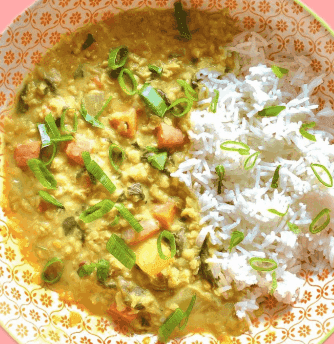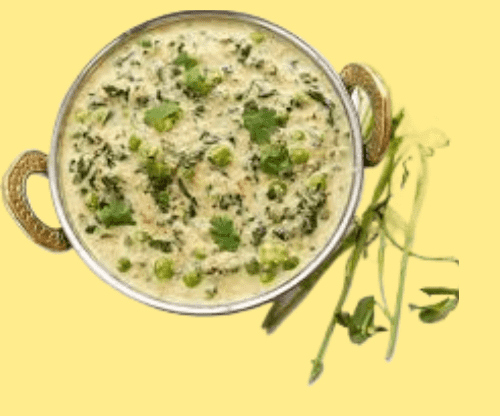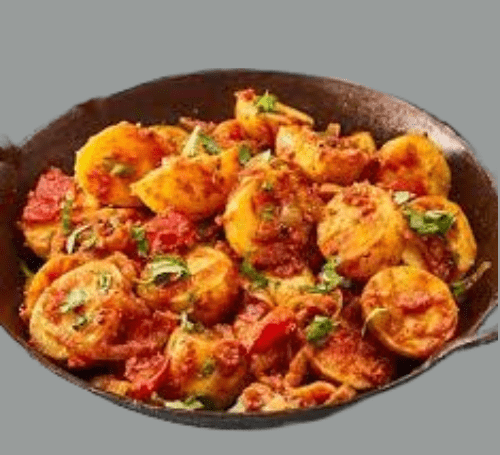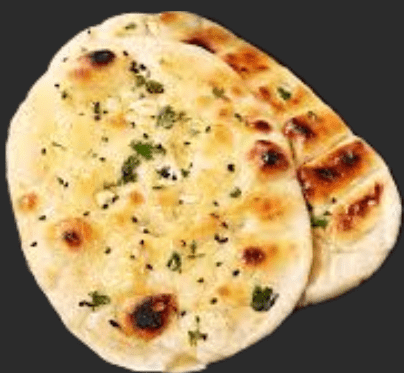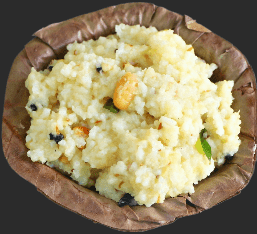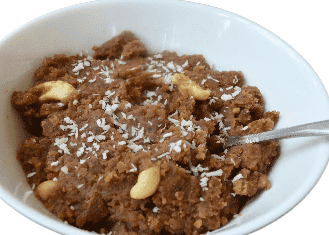Vegetable Curry
Introduction to Vegetable Curry :
Vegetable curry has a rich history that traces back to the Indian subcontinent, where it has been a staple for centuries. The term “curry” is derived from the Tamil word “kari,” meaning sauce or gravy. Over time, the dish has evolved, incorporating regional spices, vegetables, and cooking techniques. Today, vegetable curry is enjoyed worldwide, from the bustling streets of Mumbai to the cozy kitchens of Europe and the Americas.

Health Benefits of Vegetable Curry :
Vegetable curry is not only delicious but also packed with nutrients. It is a great source of vitamins, minerals, and fiber, thanks to the variety of vegetables used. Additionally, the spices and herbs in curry, such as turmeric, ginger, and garlic, have anti-inflammatory and antioxidant properties, contributing to overall health and well-being.
Essential Ingredients of Vegetable Curry :
The key to a great vegetable curry lies in its ingredients. Let’s break down the essential components:
Vegetables :
A good vegetable curry features a mix of colorful and flavorful vegetables. Some popular choices include:
- Potatoes: Adds substance and a starchy texture.
- Carrots: Sweetness and color.
- Cauliflower: Absorbs flavors well and adds a unique texture.
- Peas: Sweet and tender.
- Bell Peppers: Adds crunch and a burst of color.
- Green Beans: Crunchy and nutritious.
- Spinach: Adds a nutritious leafy green element.
- Feel free to use seasonal vegetables or whatever you have on hand. The beauty of vegetable curry is its versatility.
Spices and Herbs :
Spices are the heart and soul of a curry. Here are the essentials:
- Turmeric: For color and earthy flavor.
- Cumin: Adds warmth and depth.
- Coriander: Fresh and citrusy.
- Garam Masala: A blend of spices for complexity.
- Chili Powder: For heat (adjust to taste).
- Mustard Seeds: Adds a nutty flavor.
- Curry Leaves: Adds a distinct aroma (optional but recommended).
- Ginger and Garlic: Essential for a flavorful base.
Base Ingredients :
The base of a curry typically includes:
- Onions: Provides sweetness and depth.
- Tomatoes: Adds acidity and body.
- Coconut Milk: For creaminess and a hint of sweetness (optional but adds richness).
- Vegetable Broth: To create the curry sauce.
Tools and Equipment Required for Vegetable Curry :
Having the right tools makes cooking easier and more enjoyable. Here’s what you’ll need:
- Large Pot or Dutch Oven: For cooking the curry.
- Sharp Knife and Cutting Board: For chopping vegetables.
- Grater or Microplane: For ginger and garlic.
- Measuring Spoons and Cups: For precision.
- Wooden Spoon or Spatula: For stirring.
- Blender or Immersion Blender: If you prefer a smoother curry.
Step-by-Step Recipe of Vegetable Curry :
Preparation
Gather Ingredients: Ensure you have all the vegetables, spices, and base ingredients ready.
Chop Vegetables: Dice potatoes, carrots, bell peppers, and other vegetables into bite-sized Pieces. Slice onions thinly and mince garlic and ginger.
Measure Spices: Measure out turmeric, cumin, coriander, garam masala, chili powder, and other spices.
Cooking Instructions
- Heat Oil: In a large pot or Dutch oven, heat 2 tablespoons of vegetable oil over medium heat.
- Add Mustard Seeds: Once the oil is hot, add 1 teaspoon of mustard seeds and let them splutter.
- Sauté Onions: Add the sliced onions and sauté until golden brown.
- Add Ginger and Garlic: Stir in the minced garlic and ginger, cooking for 1-2 minutes until fragrant.
- Add Spices: Add turmeric, cumin, coriander, garam masala, and chili powder. Stir well to coat the onions.
- Add Tomatoes: Pour in 2 chopped tomatoes or 1 can of diced tomatoes. Cook until the tomatoes break down and the mixture thickens.
- Add Vegetables: Add the diced potatoes, carrots, and any other hard vegetables. Stir to combine.
- Add Liquid: Pour in 1 cup of vegetable broth and bring to a boil. Reduce heat to a simmer and cover. Cook for 10-15 minutes.
- Add Softer Vegetables: Add cauliflower, peas, bell peppers, and green beans. Stir well and cook for another 10 minutes.
- Add Spinach and Coconut Milk: Stir in a handful of spinach and 1 cup of coconut milk. Simmer for 5 minutes until the spinach wilts.
- Season: Taste and adjust seasoning with salt and pepper. Add more spices if needed.
- Serve: Garnish with fresh cilantro and serve hot with rice, naan, or roti.
Variations and Substitutions of Vegetable Curry :
Vegan Option: Ensure all ingredients are plant-based (use coconut milk instead of cream).
Spicy Curry: Add more chili powder or fresh chilies.
Milder Curry: Reduce the amount of chili powder and use mild curry powder.
Different Vegetables: Use sweet potatoes, zucchini, or eggplant for variation.
Protein Addition: Add chickpeas, tofu, or paneer for extra protein.
Tips for Enhancing Flavor of Vegetable Curry
- Roast Spices: Toasting spices in a dry pan before adding them enhances their flavors.
- Layer Flavors: Add spices at different stages of cooking to build depth.
- Fresh Herbs: Use fresh cilantro or mint for a fresh finish.
- Acidity: A squeeze of lime or lemon juice before serving brightens the dish.
- Consistency: Adjust the thickness of the curry by simmering longer or adding more broth.
Serving Suggestions With Vegetable Curry :
- Rice: Serve with basmati or jasmine rice for a complete meal.
- Bread: Naan, roti, or chapati are perfect for dipping.
- Side Dishes: Pair with raita, papadum, or chutney for added flavor and texture.
Storing and Reheating of Vegetable Curry :
- Storing: Let the curry cool to room temperature before transferring to an airtight container. Refrigerate for up to 3 days.
- Freezing: Freeze in portion-sized containers for up to 3 months.
- Reheating: Reheat on the stove over medium heat or in the microwave until hot.
Conclusion
Making a delicious vegetable curry at home is a rewarding experience. With this comprehensive guide, you have all the tools and knowledge needed to create a flavorful and nutritious dish that will impress your family and friends. Enjoy the process, experiment with different ingredients, and savor the rich, comforting flavors of homemade vegetable curry.
Final Thoughts
Cooking is an art that allows for creativity and personal expression. Don’t be afraid to adjust the recipe to suit your taste and dietary preferences. Happy cooking!
